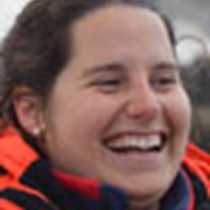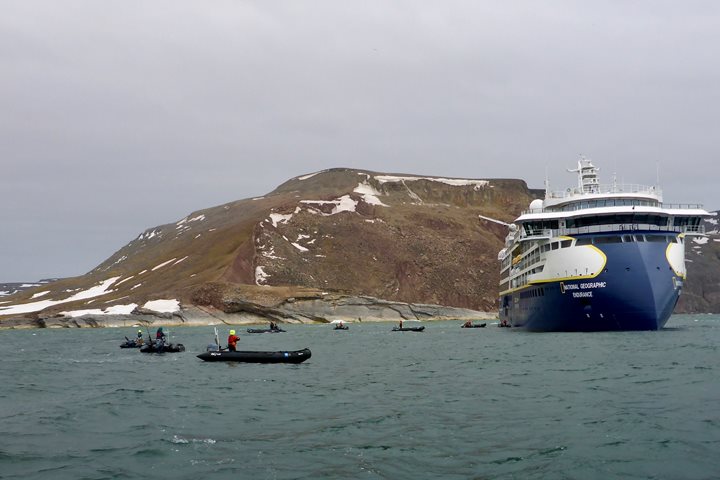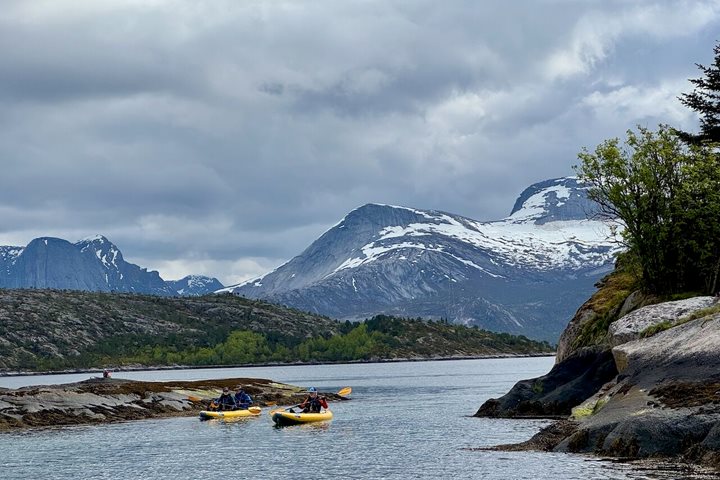Early this morning while National Geographic Orion sailed through thousands of islands, islets and rocks, we approached Smøla, an island whose name comes from modern Norwegian smule meaning “crumble” in reference to the thousands of small islands found in the Nordmore region of West Norway.
Surrounding the ship there were many islands with different coloured layers. Touching the dark blue ocean there were dark brown algae grabbing on to the rock and some mussels growing at the tidal zone. The creamy light brown of granitic and banded metamorphic rock was covered on top by flashing green vegetation where some seabirds were resting, nesting or fishing. We were even welcomed by a couple of white-tailed eagles who found these islands to be a great nesting spot. On other bigger islands we saw traditional fishermens’ houses - mostly red, with great summer balconies facing the waters and some islets even had very picturesque lighthouses.
Looking from the bow we could start seeing the shape of the landscape around Smøla, a flat island, with some villages, and a few fishing boats. Very far away on the horizon there were some tall mountains and in between a long setting of wind turbines. There are 68 wind turbines, 76 m high and 37 m long that can power over 20,000 houses. The most interesting fact here is that it would only take one to supply the 2000 inhabitants of the region. Therefore the energy produced here goes mostly to the national power network.
In our day at Smøla we had several options to explore, some of us went on a fishing experience with Norwegian fishermen looking for cod or other delicacies to be served to all of us later on board. The most energetic chose the hike through the natural landscape up to the wind turbines enjoying the natural surroundings. There were also two other options to visit local communities. A small very tranquil island with a few old fishermen’s houses that nowadays host summer holiday makers or a bigger more active village where some people still live year-round. Due to the development of the fishing industry the local traditional wooden boats could not compete with the bigger more technological fleets so many of these small villages have become summer resorts.
As in all other places we visited, Norwegians were very warm and welcoming always with a great smile and delicious waffles. As per tradition you should taste it with brown cheese, cream and jam on top.







